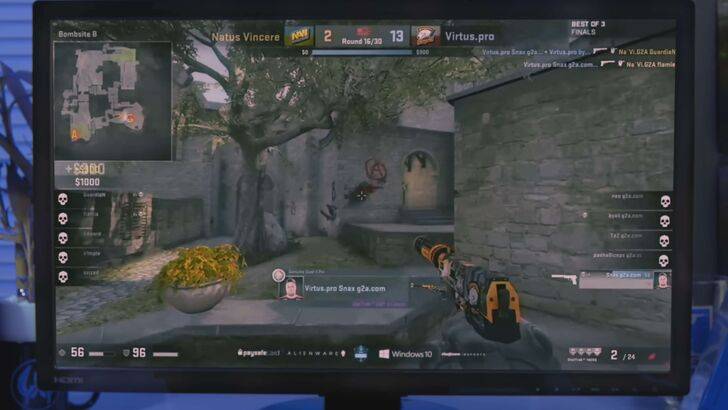The 2025 Game Developers Conference (GDC) State of the Game Industry report highlights a significant shift in game development focus. Let's delve into the key findings.

PC Dominates Development:
The report reveals a striking 80% of game developers are prioritizing PC as their primary development platform, a substantial 14% increase from the previous year's 66%. While the exact reasons remain unclear, the report suggests the rising popularity of Valve's Steam Deck may be a contributing factor. Interestingly, although the Steam Deck wasn't a direct survey option, 44% of those selecting "Other" platforms specified the Steam Deck as a target.

This trend builds upon previous years, with PC's dominance growing steadily from 56% in 2020. While the emergence of user-generated content (UGC) platforms like Roblox and Minecraft, and the anticipated release of the Switch 2, present potential challenges, PC's position remains firmly entrenched.

Live Service Games: A Mixed Bag:
The report also examines the prevalence of live service games. A third (33%) of AAA developers are currently working on a live service title, while 16% of all respondents are involved, and a further 13% express interest. However, a significant 41% show no interest, citing concerns like declining player engagement, creative limitations, predatory monetization, and developer burnout. The report further emphasizes the issue of market saturation in the live service sector, exemplified by recent high-profile game closures.

Geographic Representation Concerns:
A subsequent report by PC Gamer highlights a significant underrepresentation of non-Western developers in the GDC survey. Nearly 70% of respondents hailed from Western countries (US, UK, Canada, Australia), with notable absences from major gaming regions like China and Japan. This raises concerns about the potential bias in the report's findings and its ability to accurately reflect the global game development landscape.

In conclusion, the GDC report offers valuable insights into current industry trends, but acknowledges limitations due to geographical representation. The continued dominance of PC development and the complex dynamics of the live service market are key takeaways.






























